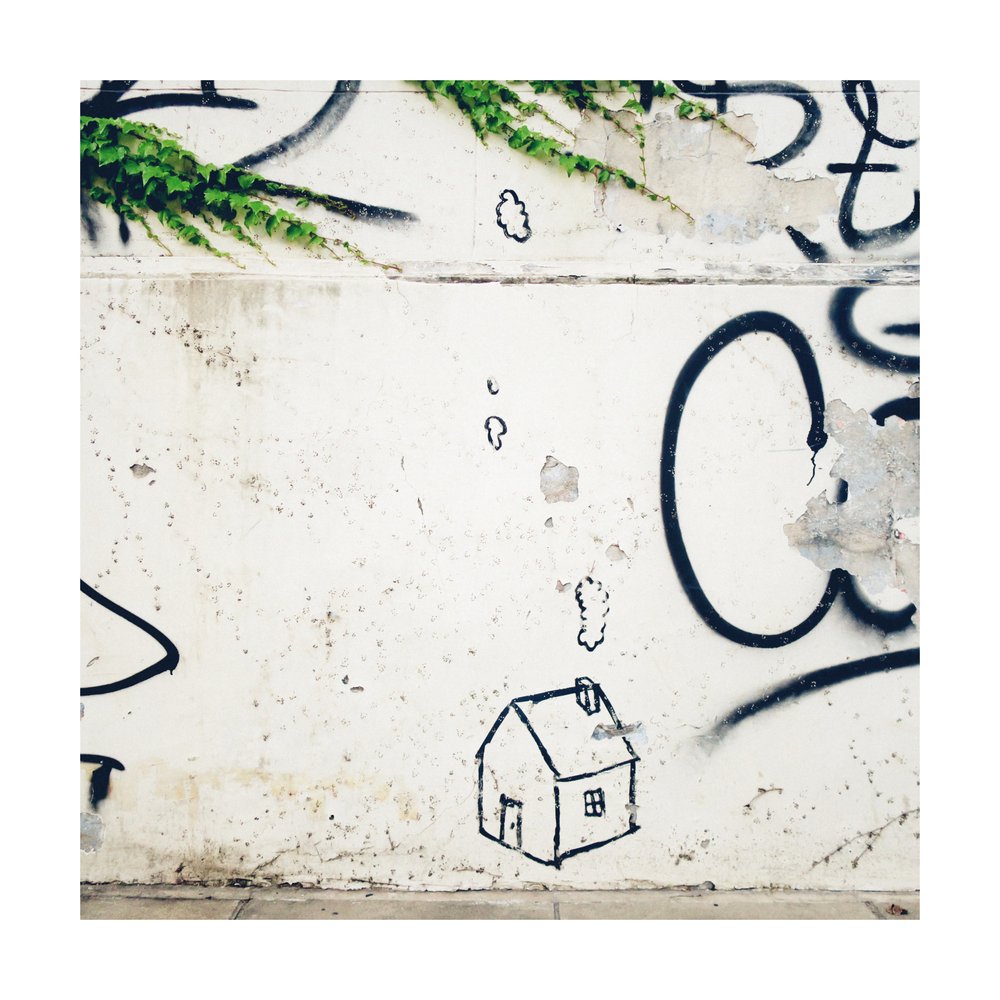Maggie Nelson:
And so I happily put myself in the “no imagination” camp. No “images.” I don’t mean that literally, of course—there are metaphors, similes, etc. in my work, all of which do create images, as do metonymic or adjectival descriptions. But for me there’s a crucial compositional difference between knocking yourself out to create images that you hope will be startling (à la surrealism) and trying to express something as it is, as you perceived it, which sometimes produces an image, sometimes not. As Robert Creeley once said, even his most abstract poems are trying to say something very specific, it just might not be “‘I love you,’ or ‘I’m sick’ or ‘where’s the bathroom?’”
Paul Hetherington and Cassandra Atherton:
“The prose poem—so frequently presented as a rectangular box on the page [cf. Holly Iglesias]—is the literary form that most often resembles a still photograph.”
“The combination of nostalgia, modernity, and fragmentation found in Baudelaire’s prose poems is not unlike the qualities evident in many photographs from the period.”
For instance, Charles Marville:
”Photography represented a way of seeing the world that was new, disturbing, and fashionable, giving attention to the momentary and the fragmentary in a way painters had rarely attempted. Impressionism was invented in France in the 1860s. In the same decade that Baudelaire’s Paris Spleen was published, as painters also responded to the advent of photography—not only its usurpation of much of the demand for ‘realistic’ images but also its emphasis on transient effects of light. The advent of impressionism, like the advent of an innovative and contemporary prose poetry, indicated how much the arts were in flux and attuned to new expressive modes and possibilities.”
For instance, Paul Signac:
The bifurcation of the path of prose poetry follows these developments in the visual field. On the one hand, imagism, aesthetic empathy, and witness (which includes the documentary impulse of the postcard at the turn of the century). On the other hand, absurdism (which emphasizes the chaos of the universe) and surrealism (which emphasizes the wildness of the unconscious).
So to categorize the many books we’ve read this semester:
ABSURD/SURREAL
DOCUMENTARY/ARCHIVAL/”NEW RATIONALISM”
BOTH/GRAY AREA
(Note both categories feature certain elements like the fragmentary and the poignant combination of the momentary with nostalgia.)


